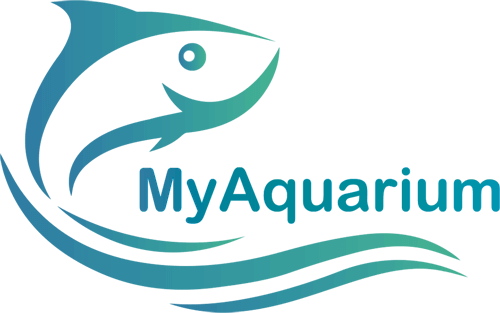The Empire Gudgeon (Hypseleotris compressa) is a very attractive and hardy fish that can tolerate a wide range of water parameters. The species, known for being peaceful, can live in groups with numerous other fish, although they must be similar in size and behavior.
These fish are endemic to the Pilbara and Kimberley regions of Australia. In addition, they can also be seen in southern New Guinea. The species inhabits streams and rivers, but is also found in still water places and can withstand sea level salinity. They often live near tree roots and dense vegetation and sometimes hide among rocks, using them as caves. Younger fish, however, can be found in estuaries.
The Empire Gudgeon’s colors can vary greatly, but generally, they have a yellowish-brown or golden-brown head. In addition, its body is brown or orange-red in color. The fins are reddish in color with black edges followed by a bluish-white, and the pectoral and pelvic fins are colorless.
Keep reading the article for the main characteristics and needs of the species.
Technical Details
Name: Empire Gudgeon, Australian Empire Gudgeon;
Scientific Name: Hypseleotris compressa (Krefft, 1864);
Family: Eleotridae;
Species Origin: Oceania (Australia and southern New Guinea);
Length: Up to 4 inches;
Life Span: Between 5 – 8 years;
Care Level: Easy / Moderate;
Water Parameters
pH: Maintain the pH of the water between 5.0 – 9.0;
Water Hardness: Between 2 – 25 dH;
Temperature: Must be kept between 20 – 35°C (Celsius);
Care
Food
Omnivorous. In the wild, the Empire Gudgeon feeds on a huge variety of invertebrates, crustaceans and other such animals.
In an fish tank, you can feed them with the small live or frozen foods such as mosquito larvae, brine shrimp, daphnia and mysis.
However, they will also accept high quality flake feeds and in some cases can even feed on algae and aquatic plants.
Temperament / Behavior
The Empire Gudgeon is considered a relatively peaceful fish, although it should be kept in a group to feel more comfortable and secure. Therefore, the ideal is to keep groups of at least six fish.
In addition, these animals usually spend most of their time swimming in the lower region of the fish tank.
Tank Mates
As a peaceful fish, the Empire Gudgeon can coexist with countless other freshwater species, but they must all have similar size and behavior. Avoid smaller or slower fish as they can become a meal.
If you want to mix them with other species, I recommend that you pair them with rainbow fish, barbs, and larger tetras, as well as mollies and swordfish.
See Also:
Breeding / Mating
The Empire Gudgeon breeding is rarely achieved in fish tanks and this is undoubtedly attributed to its complex breeding strategy.
In the wild, adults live and spawn in freshwater streams. The post-hatch larvae, initially pelagic, are carried downstream to the sea, where the fry spend the first part of their lives developing in marine conditions.
Once they reach maturity, the fish will readily spawn in tank with the males intensifying their colors and trying to attract females.
These animals can lay up to 3,000 tiny eggs on solid, smooth and clean surfaces such as rocks, logs or even fish tank glass.
After spawning, the male expels the female and takes responsibility for the care of the fry.
Incubation lasts about 24 hours and in the natural life cycle the fry would now go to the sea where they would feed along the coast and in the estuaries before returning to the freshwater to spawn again.
The provision of such conditions, plus the small size of post-hatching larvae, ends up making it very difficult for captive breeding.
Fish Tank Size
The fish tank needs to be at least 30 gallons for a small group of six fish of this species.
Look to add lots of hiding places and vegetation cover, as the idea here is to create breaks in the lines of sight to allow weaker fish to escape the continued attention of the dominant fish.
Set up the tank with a dark substrate and add lots of decorations to make them feel safer, as well as make them show their best colors.
Lastly, the filtration for the Empire Gudgeon’s tank doesn’t have to be strong either.
References
Allen, G.R., 1989. Freshwater fishes of Australia. T.F.H. Publications, Inc., Neptune City, New Jersey. (Ref. 5259);




